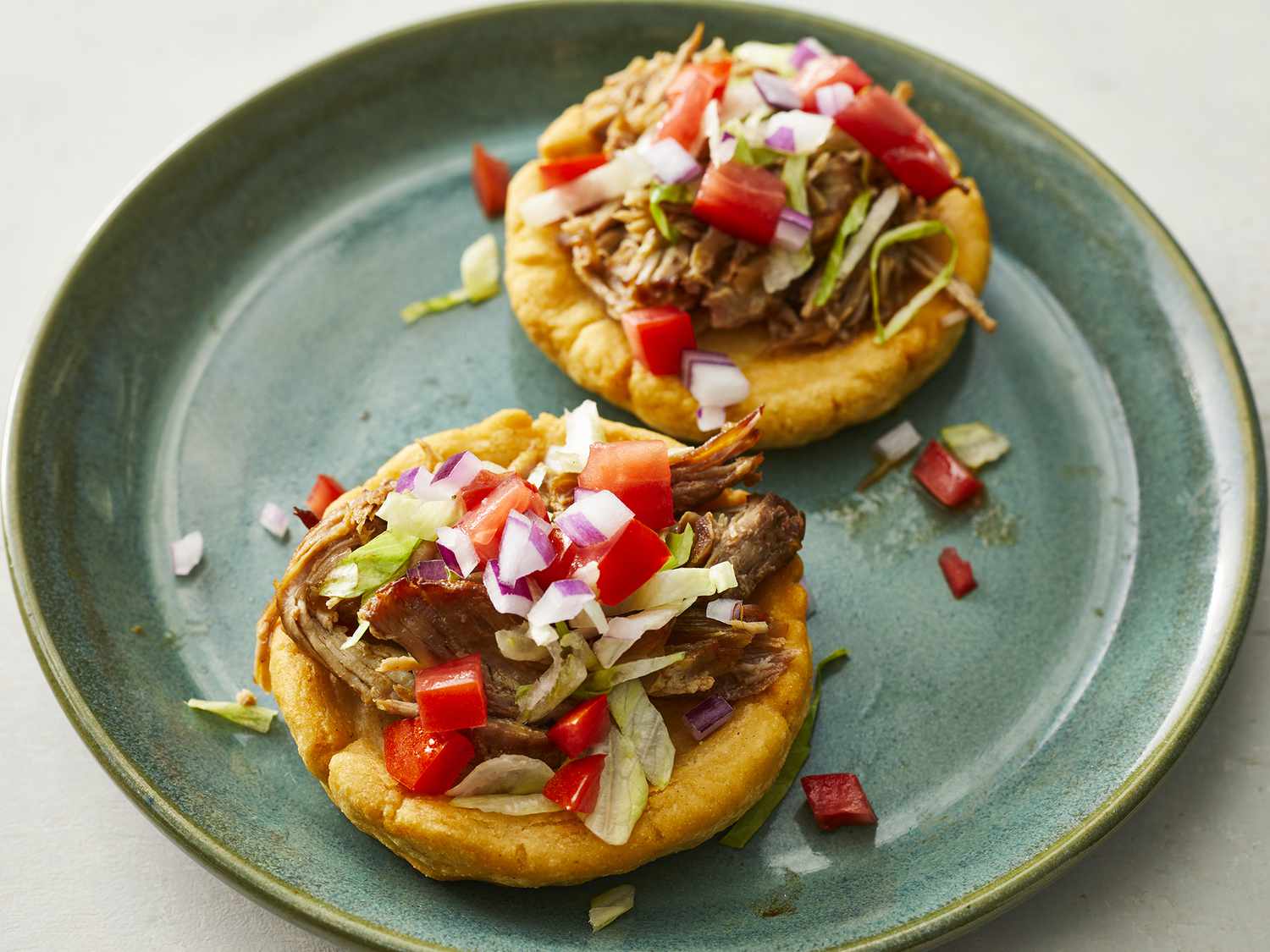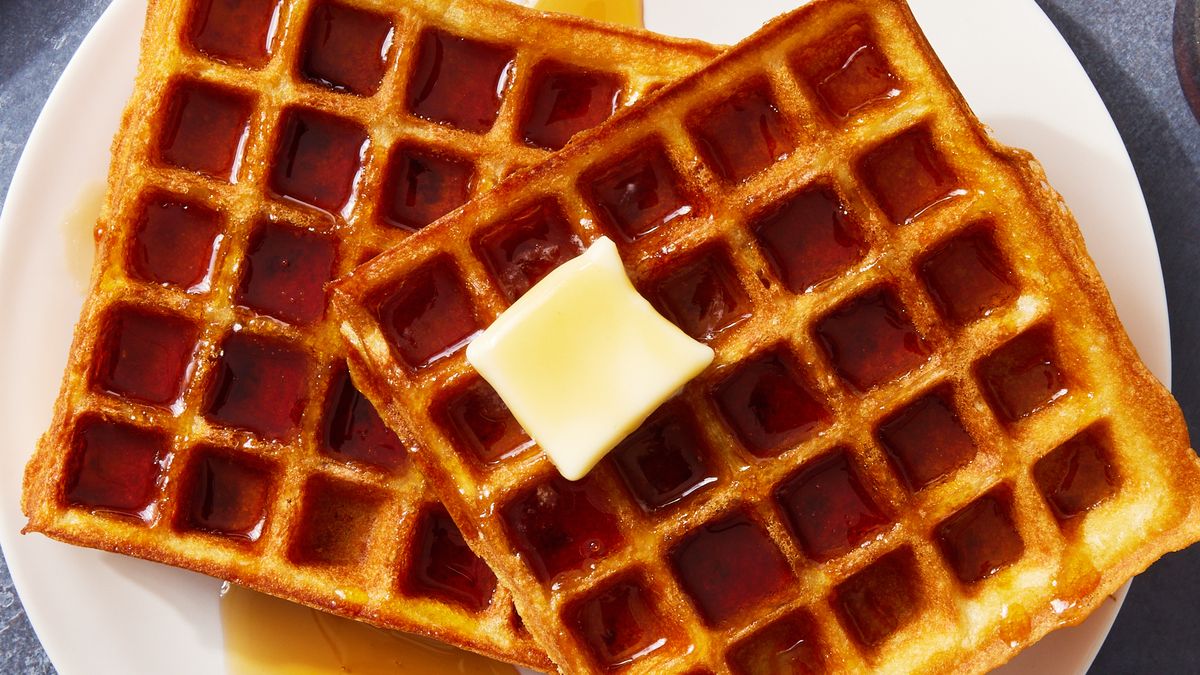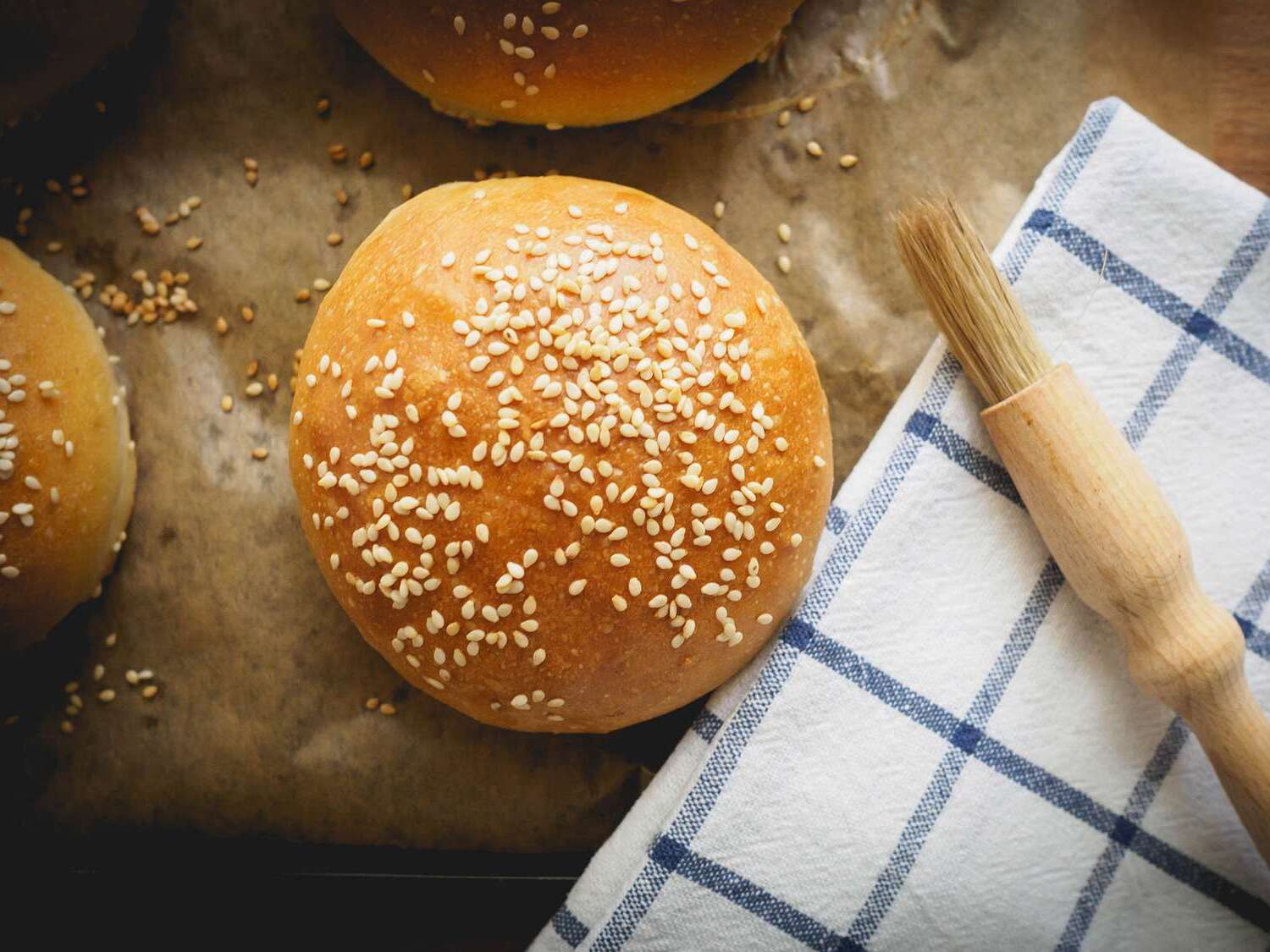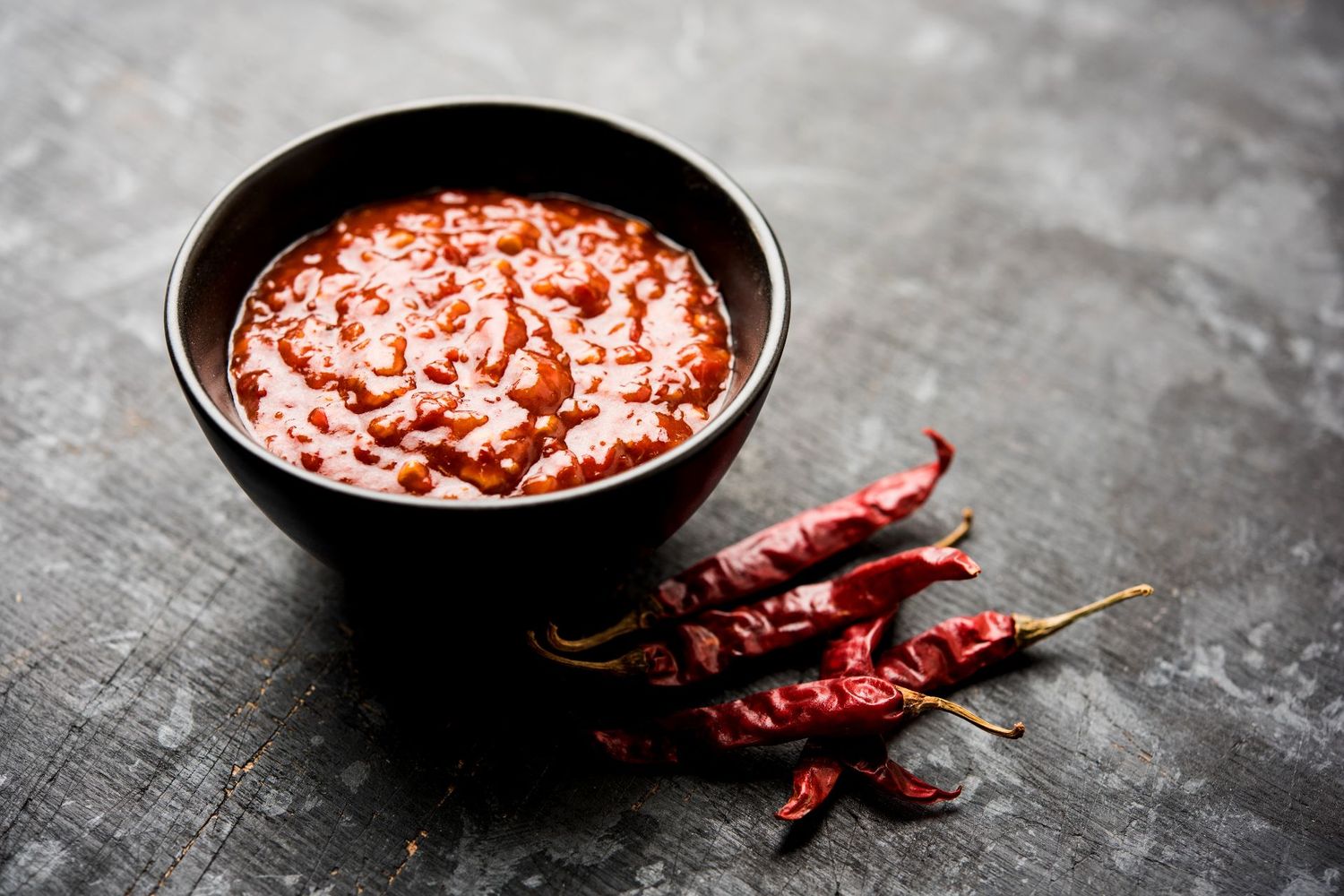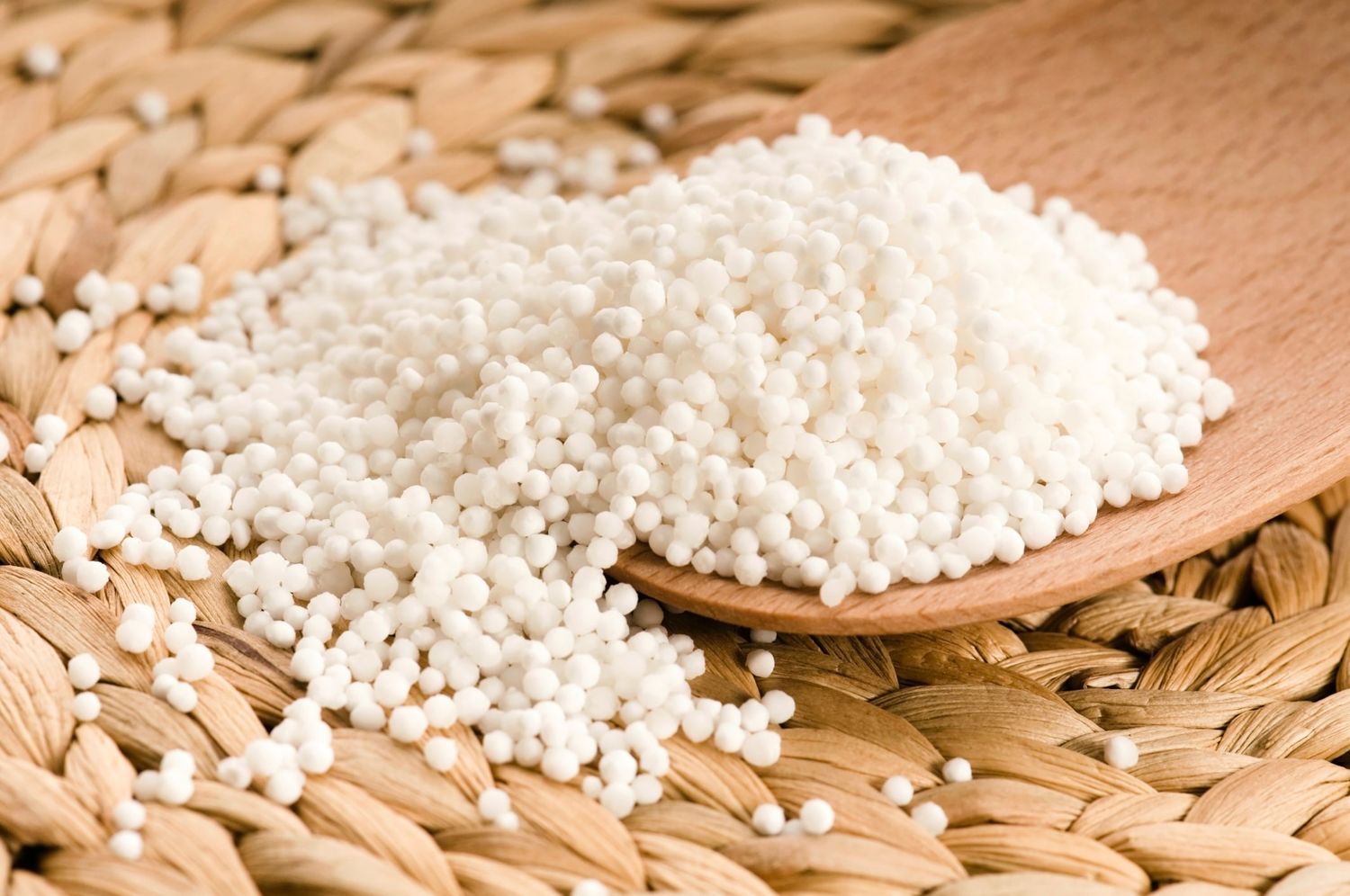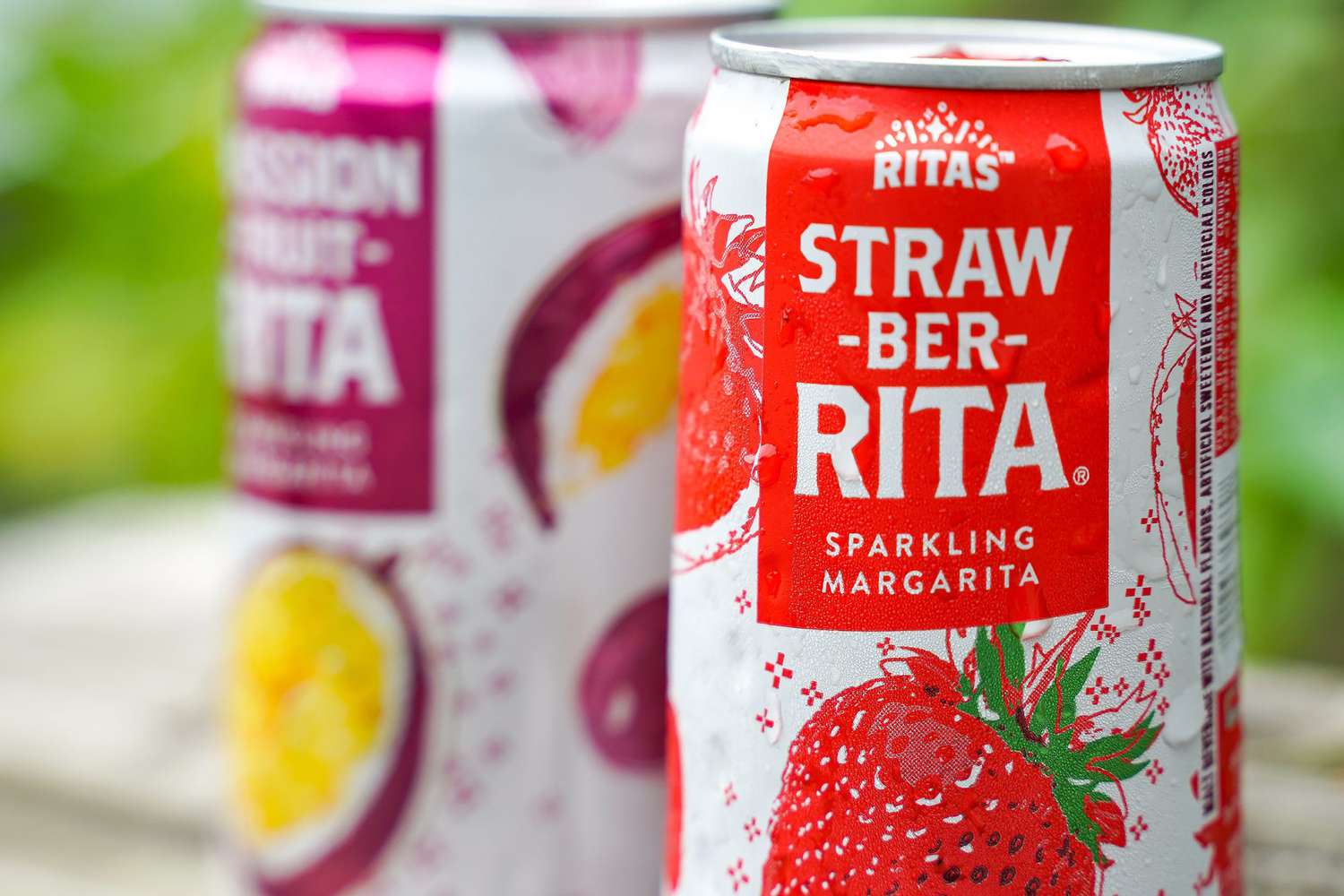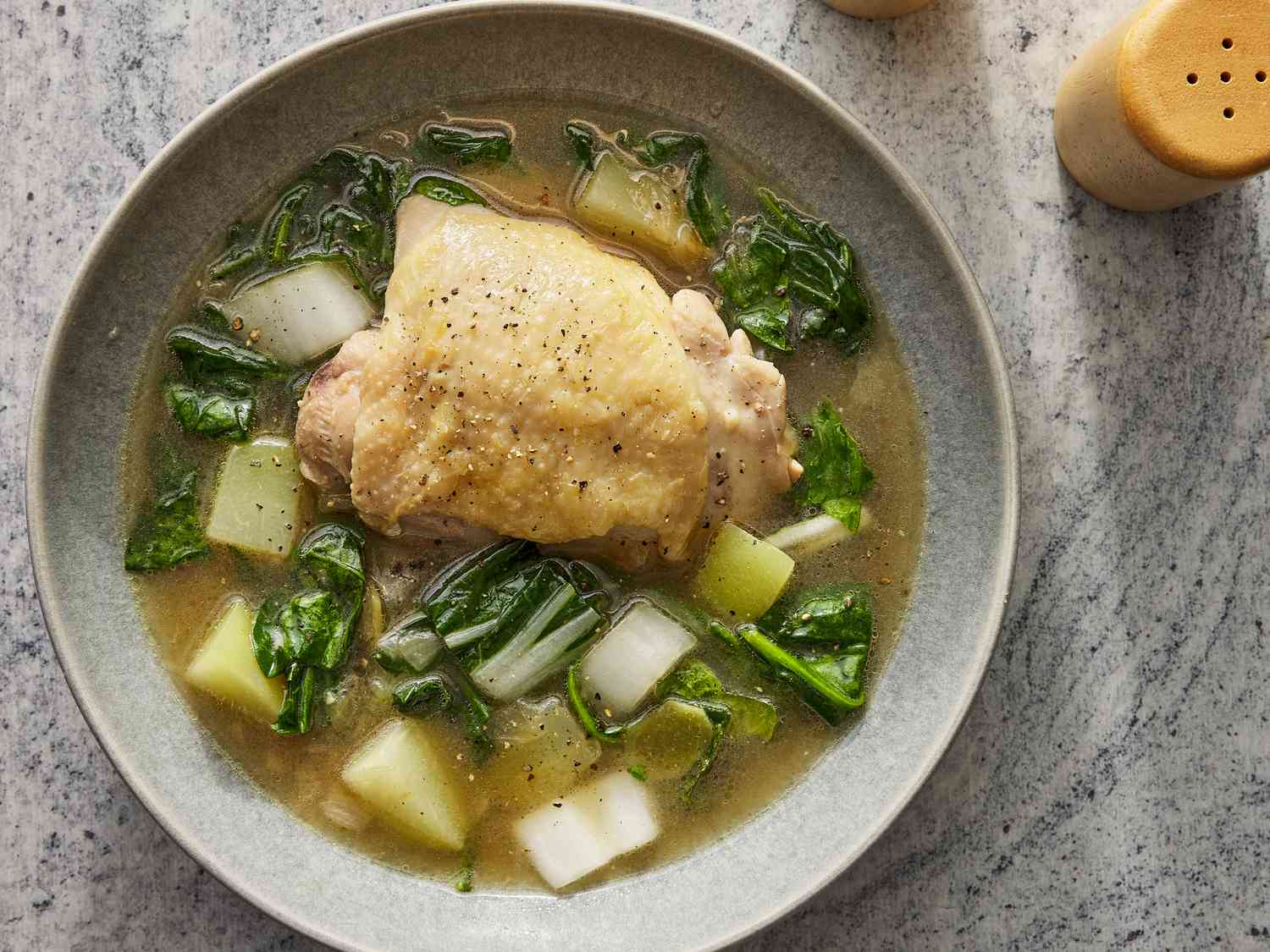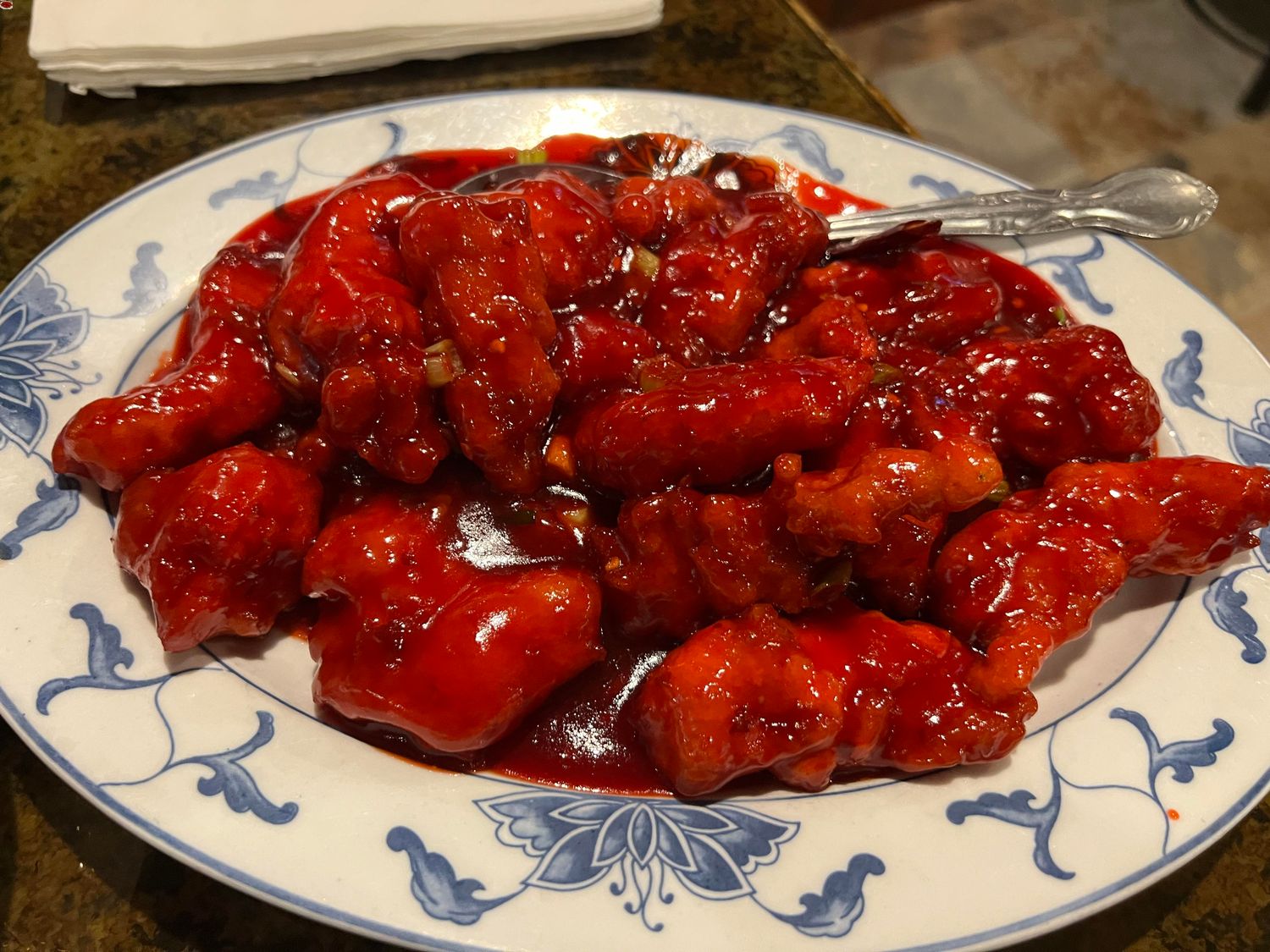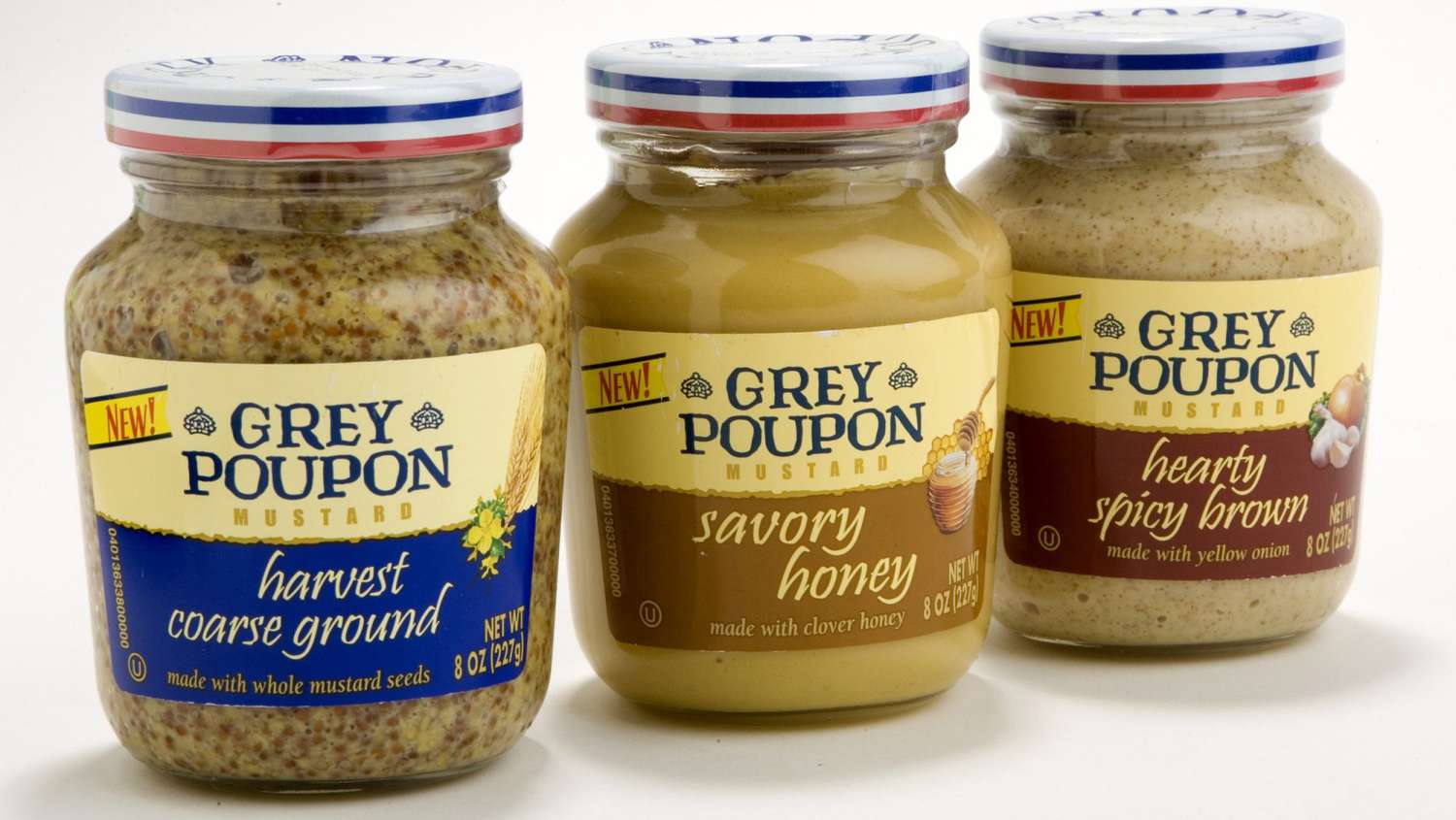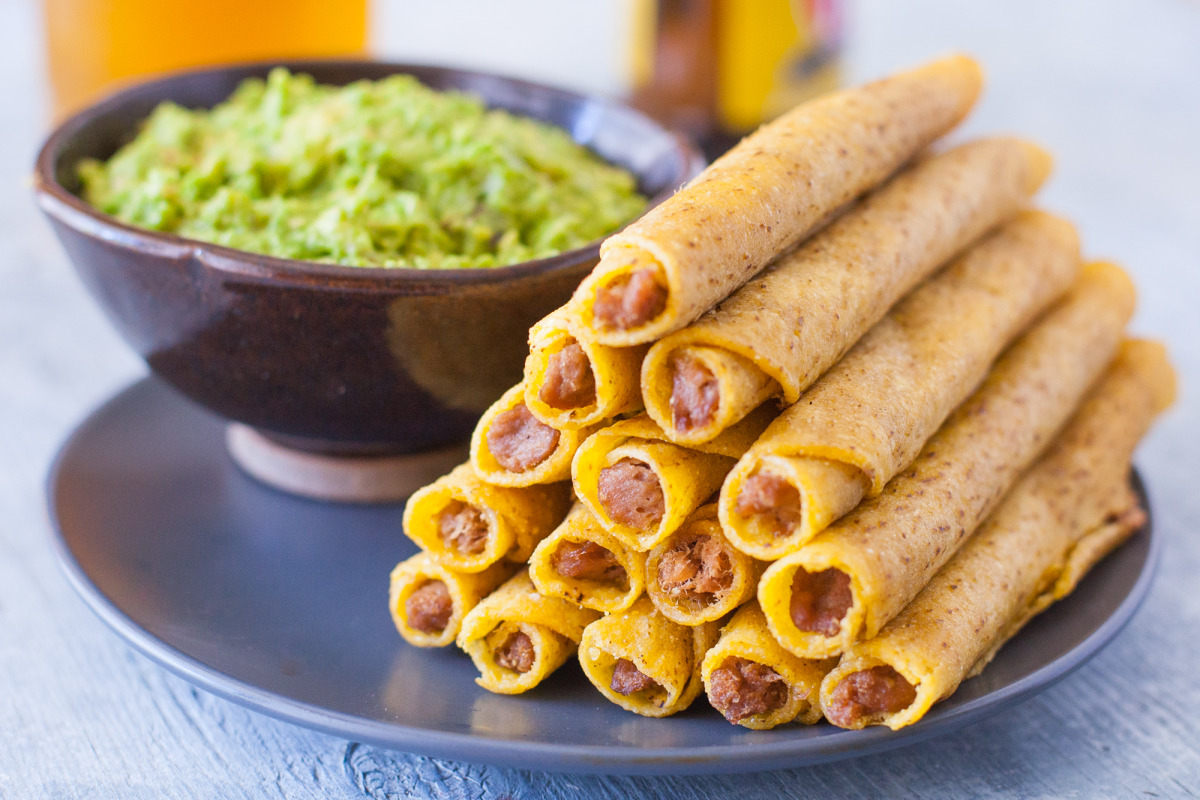Understanding Vegetable Shortening
Vegetable shortening is a popular ingredient used in baking and cooking. It is a solid fat made from vegetable oils, and it is commonly used as a substitute for butter or lard. But what exactly is vegetable shortening made of? Let’s take a closer look at the ingredients that go into making this versatile cooking fat.
The Ingredients
Vegetable Oils: The primary ingredient in vegetable shortening is vegetable oils. These oils can include soybean, cottonseed, or palm oil. The oils are hydrogenated, which means they are treated with hydrogen to turn them from a liquid into a solid form. This process helps give vegetable shortening its creamy texture and makes it a great option for baking and frying.
Emulsifiers: Emulsifiers are added to vegetable shortening to help blend the oils and create a smooth, uniform texture. These emulsifiers also help extend the shelf life of the shortening, keeping it fresh for longer periods of time.
Preservatives: To ensure that vegetable shortening stays fresh and free from spoilage, preservatives are often added to the mixture. These preservatives help maintain the quality of the shortening and prevent it from developing off-flavors or odors.
Vitamins: Some manufacturers may add vitamins, such as vitamin E, to vegetable shortening to enhance its nutritional profile. These vitamins can provide additional health benefits and make the shortening a more attractive option for health-conscious consumers.
How It’s Made
The process of making vegetable shortening begins with the extraction of vegetable oils from their sources, such as soybeans or palm fruits. These oils are then refined to remove impurities and create a neutral flavor profile. The oils are then hydrogenated to transform them into a solid state, resulting in the creation of vegetable shortening.
During the hydrogenation process, the oils are heated and pressurized in the presence of a catalyst, typically nickel or another metal. This causes the unsaturated fats in the oils to become saturated, turning the liquid oils into a solid form. The degree of hydrogenation can affect the texture and melting point of the resulting shortening.
Uses of Vegetable Shortening
Vegetable shortening is a versatile ingredient that can be used in a variety of culinary applications. It is commonly used in baking to create flaky pie crusts, tender cakes, and crispy cookies. Its high smoke point also makes it suitable for frying and sautéing, as it can withstand high temperatures without burning or breaking down.
Additionally, vegetable shortening can be used to grease baking pans and prevent sticking, making it a handy tool for home bakers. Its neutral flavor makes it a great option for recipes where a buttery or lard flavor is not desired.
Conclusion
So, what is vegetable shortening made of? In essence, it is a blend of hydrogenated vegetable oils, emulsifiers, preservatives, and possibly vitamins. The process of creating vegetable shortening involves transforming liquid vegetable oils into a solid fat through hydrogenation. This versatile ingredient is a staple in many kitchens and is valued for its ability to enhance the texture and flavor of baked goods and savory dishes alike.
Next time you reach for a tub of vegetable shortening, you’ll have a better understanding of the ingredients and processes that go into making this essential cooking fat.
Was this page helpful?
Read Next: What Is Pudding?
